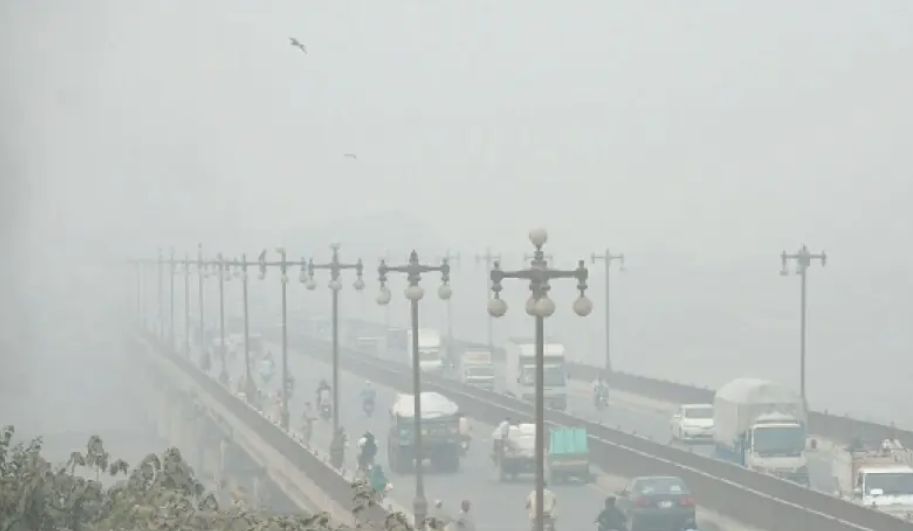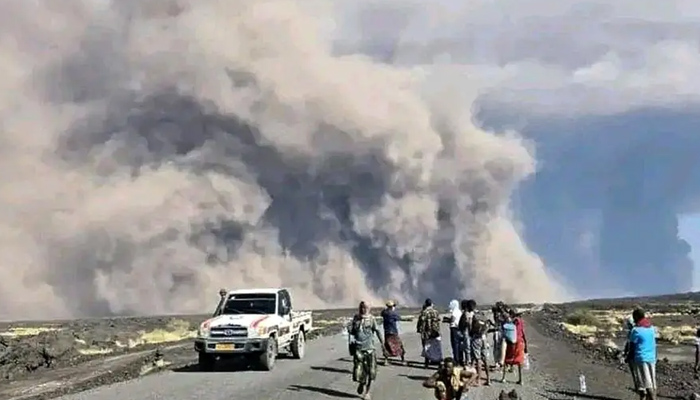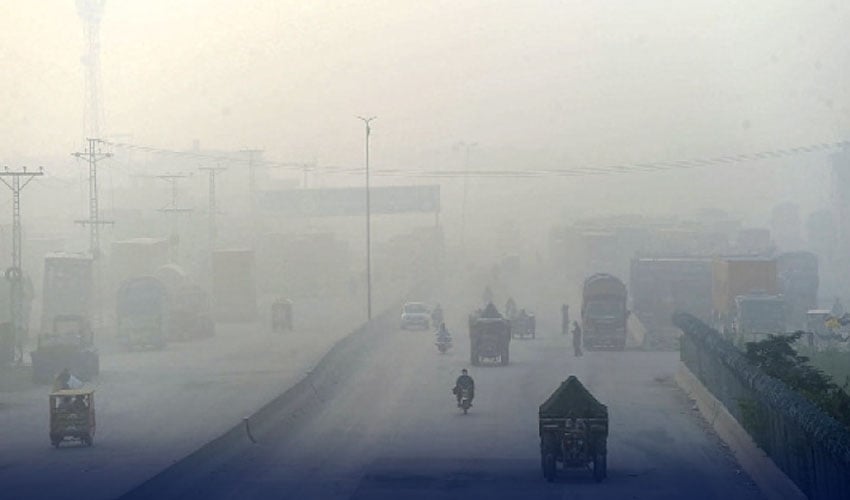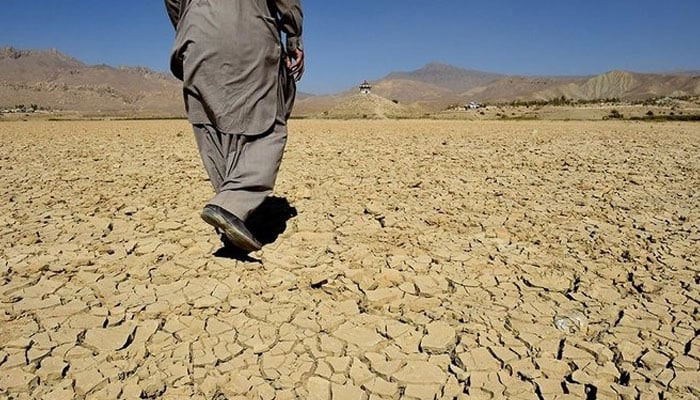Climate

The Punjab government has come under intense criticism after climate analysts and social media users accused the Environment Protection & Climate Change Department (EPCCD) of deliberately turning off air quality monitoring stations in Lahore during the city’s worst smog hours.
The controversy began when climate and public policy expert Dawar Hameed Butt alleged in a series of posts on X (formerly Twitter) that the EPCCD had switched off several monitoring stations — particularly those in the more polluted northern and eastern parts of Lahore.
“EPCCD Punjab has turned off Monitoring Stations in Lahore,” Butt tweeted. “The ones left on are still ‘Beyond Index’. These are PAS officers, PhDs and ‘educated’ staff, and they think closing their eyes will solve the problem. Absolute failure unfolding now.”
Butt supported his claims with screenshots from the government’s official air quality portal (aqipunjab.com) showing that data from multiple stations had not been updated since October 30, indicating possible deliberate suspension.
Echoing his concerns, social media user Hassan Aftab accused the provincial government of data manipulation.
“Punjab government’s new air quality strategy: if pollution levels look bad, just turn off the monitors. [Eight] out of 10 monitors are shut beyond 10pm in Lahore (when air quality dips further) to lower the average. Lahore now breathing cleaner air (on paper),” he wrote.
He also tagged Senior Minister Marriyum Aurangzeb, urging transparency and continuity in AQI reporting, noting that millions of rupees had been spent to establish the monitoring system.
In response, the EPCCD issued a clarification via X, denying deliberate shutdowns and attributing the data gaps to technical issues.
“[A] technical team is working to restore regular data transmission. Current and any missing AQI data from Air Quality Monitoring Stations will be available soon,” the statement said.
By Friday evening, when Dawn checked the portal at 5pm, most monitoring stations appeared to have resumed updating, except the Multan Road station. However, the fresh readings underscored the dire state of Punjab’s air quality.
According to the latest AQI readings:
- Kasur topped the list with a hazardous AQI of 500,
- Gujranwala recorded 207,
- DG Khan stood at 190,
- Multan registered 187, and
- Lahore recorded 175.
EPCCD spokesperson Sajid Bashir dismissed the allegations as “false claims,” stating that air quality levels are updated hourly and the department remains committed to transparency.
Meanwhile, Lahore Waste Management Company (LWMC) has launched an anti-smog operation, deploying 16 mechanical washers, 50 regular washers, and 400 workers for road washing and water sprinkling to reduce dust and particulate matter.
Punjab Senior Minister Marriyum Aurangzeb defended the government’s environmental efforts, praising Chief Minister Maryam Nawaz for her leadership.
“In the coming years, Punjab will see improvements like Beijing,” she said, calling ongoing initiatives “a testament to the success of the vision of improving the environment.”
Despite these assurances, public skepticism remains high as Lahore continues to rank among the most polluted cities in the world, according to global air quality monitor IQAir.




